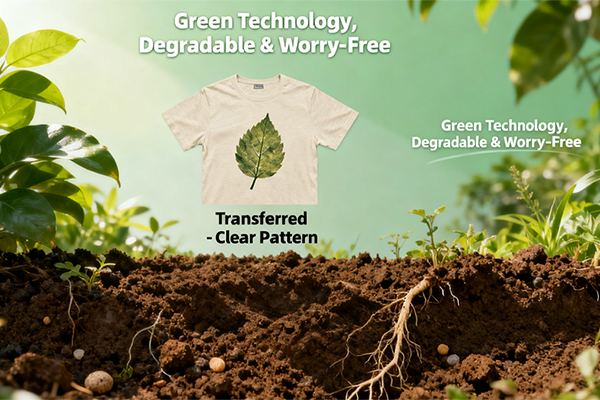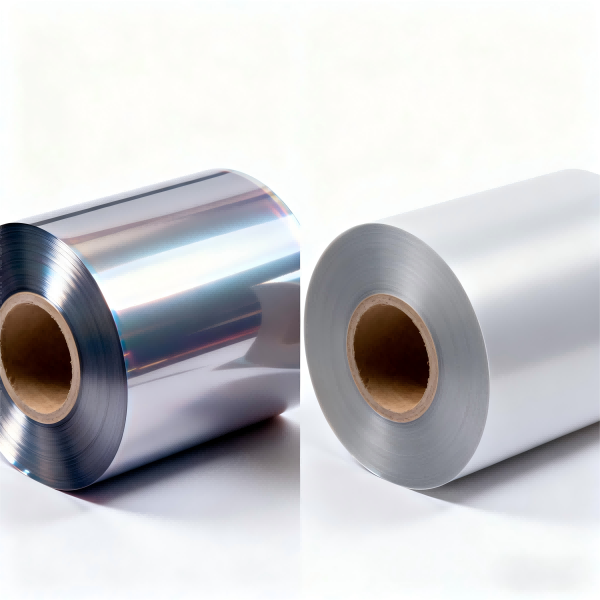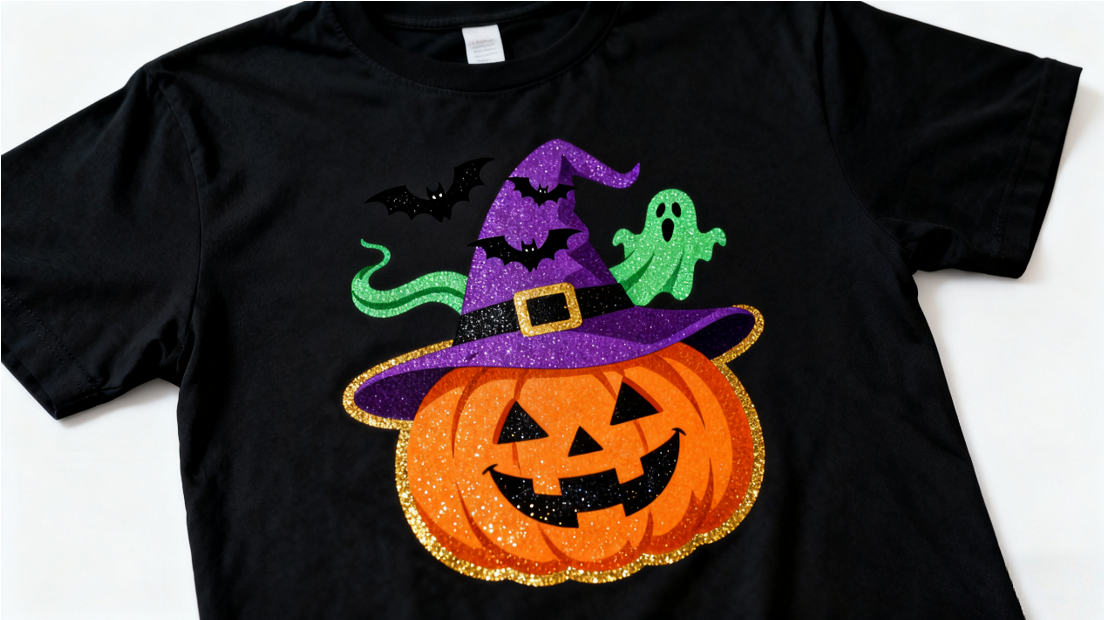The Pros and Cons of DTF film printing: A Comprehensive Guide
In the dynamic world of custom apparel printing, b...
MoreHow to choose a direct to film UV printing involves a detailed assessment of several technical and operational factors to ensure optimal results for custom apparel and promotional product businesses. This process is critical because the right equipment directly impacts print quality, durability, production speed, and overall return on investment. The selection is not merely about picking a machine but about matching specific printer capabilities to business needs, substrate versatility, and cost-effectiveness. Key considerations include the printer's resolution, measured in dots per inch (DPI), with high-performance models typically offering 1200 DPI or greater for exceptionally fine detail and smooth color gradients. The physical print width is another primary factor; common entry-level or specialized printers may have a 24-inch width, while industrial-grade systems can exceed 64 inches for large-format applications. UV lamp power, crucial for instant curing and adhesion, is often rated between 120 watts to 400 watts per lamp, with higher wattage generally providing better curing efficiency on challenging or heat-sensitive materials. The type of UV ink system is fundamental; genuine UV-LED inks are now the standard for their low heat output and energy efficiency, with leading manufacturers like Ricoh, Konica Minolta, and Fujifilm providing inks known for specific stretchability and wash resistance. White ink opacity and circulation system reliability are decisive for printing on dark garments, where a poor system leads to settling and clogging. Furthermore, the choice must account for the intended substrates; while DTF is predominantly for textiles, a robust UV DTF printer should also handle hard surfaces like phone cases, plaques, or leather for business diversification. Operational costs, including ink consumption per square meter, film cost, and powder adhesive usage, must be calculated. Data from user reports indicates that operational costs for DTF can range from $0.50 to $1.50 per print depending on size and ink coverage, which is often lower than direct-to-garment (DTG) for certain applications but requires factoring in the film and powder steps. Automated features, such as integrated powdering stations and RIP software with color management profiles, significantly reduce labor and ensure color consistency, which is vital for brand fulfillment operations.
Evaluating the manufacturer's support, warranty terms, and available training is equally important as the hardware specifications. A printer from a reputable brand with a proven track record in the UV flatbed or hybrid market typically offers better long-term reliability and access to replacement parts. According to industry analyses and user testimonials on platforms like YouTube and printing forums, companies such as Mimaki, Roland, and Aeoon are frequently cited for their robust DTF-capable UV printers, while newer Chinese manufacturers compete aggressively on price but may have variable post-sales service. The decision must also be grounded in realistic production volume assessments. For a small shop producing under 500 garments per week, a single-head printer with a manual powder shaker may be sufficient. In contrast, a large-scale operation exceeding 2000 weekly prints would necessitate a multi-head printer with an automated powdering and curing conveyor system to maintain throughput. The actual print speed, often advertised in square meters per hour, should be scrutinized; a printer rated at 30 m²/hr in high-quality mode will have a drastically different output than one rated at 75 m²/hr, directly influencing capacity and lead times. Furthermore, the integration workflow with existing design software and pre-press routines must be seamless. The environmental operating conditions—stable temperature (18-28°C) and low humidity—required for consistent film printing and powder adhesion should not be overlooked, as fluctuations can cause adhesion failures. Ultimately, choosing a direct to film UV printing solution is a strategic investment. It requires cross-referencing manufacturer claims with independent performance data, total cost of ownership calculations over 3-5 years, and hands-on testing with the actual materials and designs the business uses most frequently to verify color vibrancy, hand-feel, and wash durability, which are the final determinants of customer satisfaction and repeat business.
Select the most popular foreign trade service products to meet your diverse needs
Learn more about the dynamics and professional knowledge of the foreign trade industry

In the dynamic world of custom apparel printing, b...
More
Third, BOPP film offers great versatility and safe...
More
Direct-to-Film (DTF) transfers offer a fantastic w...
More
BOPP Film (Biaxially Oriented Polypropylene Film) ...
More
Make your Halloween tees shine with SAILLAGE’s DTF...
More
When diving into Direct-to-Film (DTF) printing, on...
MoreSelect the most popular foreign trade service products to meet your diverse needs
Explore more content related to foreign trade services

Tel: +86 17706217416
Add: Building L2A, No. 520, Lane 1588, Zhuguang Road, Hongqiao World Center, Qingpu District, Shanghai, China
User Comments
Service Experience Sharing from Real Customers
James Wilson
Graphic DesignerThe direct to film UV printing quality is exceptional! The colors are vibrant and the details are incredibly sharp. Perfect for our custom apparel business.
Sarah Chen
Marketing ManagerThis DTF UV printer has revolutionized our promotional products. The prints are durable, wash-resistant, and the white ink base works perfectly on dark fabrics.
Michael Rodriguez
Print Shop OwnerExcellent machine for direct to film printing. The UV technology ensures quick curing and the transfer quality is superb. Minor learning curve but worth it!
Emily Parker
Product DesignerAs a sports merchandise designer, I'm impressed with how well the DTF UV prints hold up on performance fabrics. The stretchability and durability are outstanding!